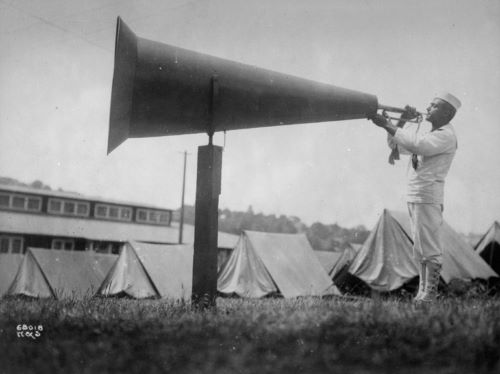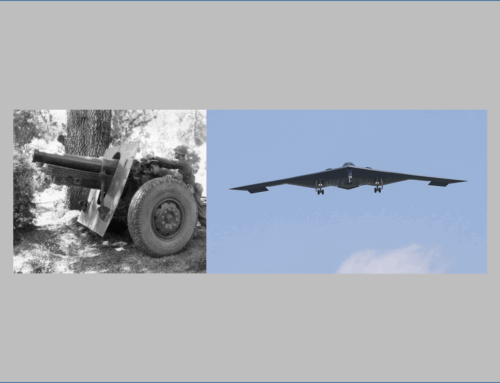WWI Battlefilm: Motion Pictures of the ‘Great War’
Published: 23 October 2023
By Phillip W. Stewart
via the Brewminate web site

012323-21-History-Warfare
Getting em up at U.S. Naval Training Camping, Seattle, Washington, 1918. Films like Naval Training, 1918, depicted similar scenes. / Photo courtesy U.S. National Archives, Public Domain
Have you ever seen Doughboys go over the top and charge into “No Man’s Land”?
The year is 1918.
American “Doughboys” claw their way over the top of their trenches and charge into “No Man’s Land.”
A young Air Service lieutenant with the name of Rickenbacker twists and turns his Spad pursuit airplane in mortal aerial combat with the “Hun” at 10,000 feet.
U.S. Navy warships plow through high seas to protect a convoy of transports traveling slowly across the stormy Atlantic from the deadly German U-boats.
These scenes of World War I action, and thousands more like them, exist today on silent black-and-white motion picture film. Contrary to some widely held beliefs, large, heavy, wooden boxes with crude brass-encased glass lenses, metal hand cranks, and ungainly tripods were, indeed, filming the events of the Great War. In fact, millions of feet of 35mm film were exposed by all the major combatants.
Unfortunately, only a relatively small percentage of that original footage can be found in the world today. Film decay and arbitrary disposal are factors linked to its rarity. For America, these films were shot on location, as history happened, by dedicated and courageous U.S. Army Signal Corps soldier-cameramen.

First Lt. Eddie Rickenbacker, in his Spad plane, near Rembercourt, France, October 18, 1918. This American Ace of Aces is featured in Activities of the 94th Aero Squadron. / Photo courtesy U.S. National Archives, Public Domain
The films that found their way back with the U.S. Army, along with a few from Britain, France, Italy, Canada, and Germany, are considered official records of the U.S. Government and are preserved at the National Archives and Records Administration (NARA) as part of what is one of the world’s largest film collections, with holdings of more than 360,000 reels of film. Most, but not all, of the World War I titles are cataloged as part of the Records of the Office of the Chief Signal Officer, Record Group (RG) 111, located at the National Archives at College Park, Maryland.
Ever wonder how these historic films found their way to the NARA? This is a short story about the origins and disposition of these classic war pictures and the available finding aids for those interested in the era.
Three months after the United States declared war in April 1917, the U.S. Army Signal Corps was designated as the agency responsible for obtaining photographic coverage of America’s participation in the war. The stated purpose of still and motion-picture film documentation was for use in propaganda and in scientific and military reconnaissance, but it was principally for the production of a pictorial history of the conflict.
Read the entire article on the Brewminate web site here:
External Web Site Notice: This page contains information directly presented from an external source. The terms and conditions of this page may not be the same as those of this website. Click here to read the full disclaimer notice for external web sites. Thank you.



